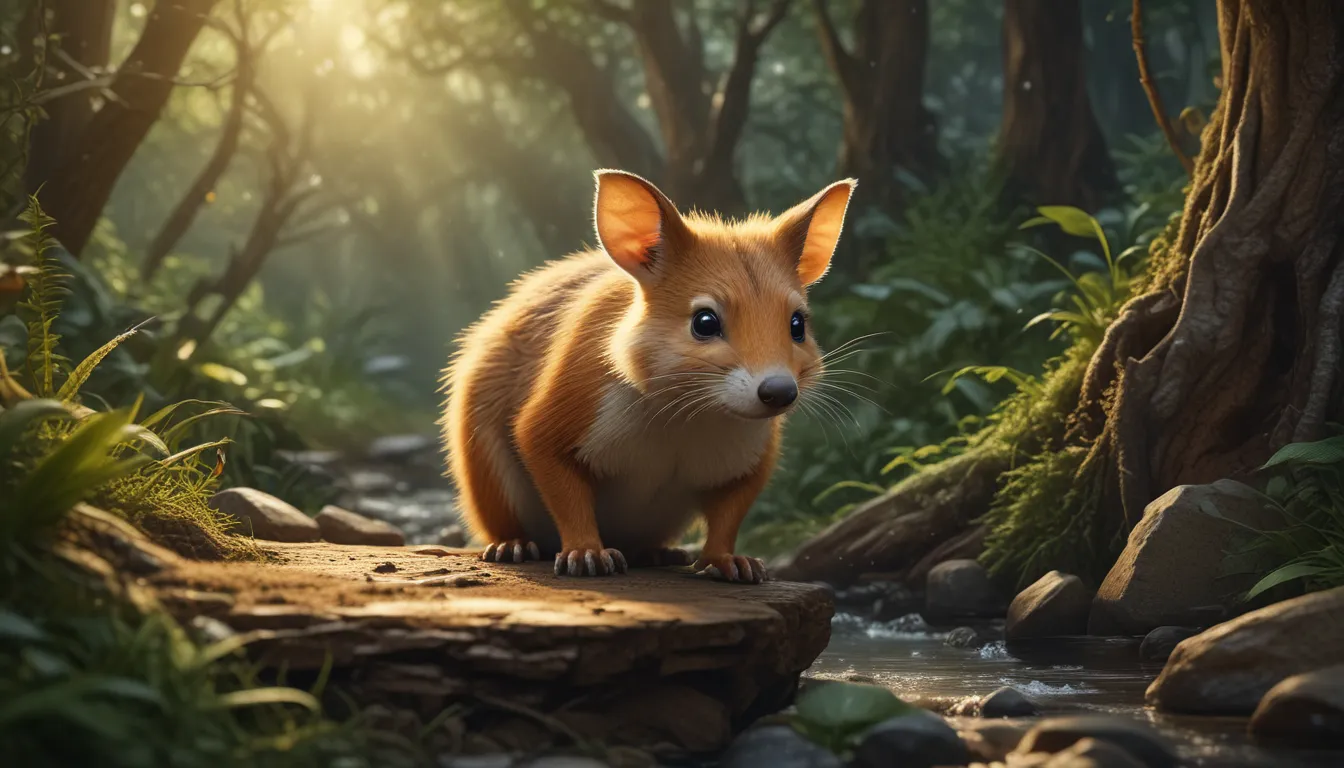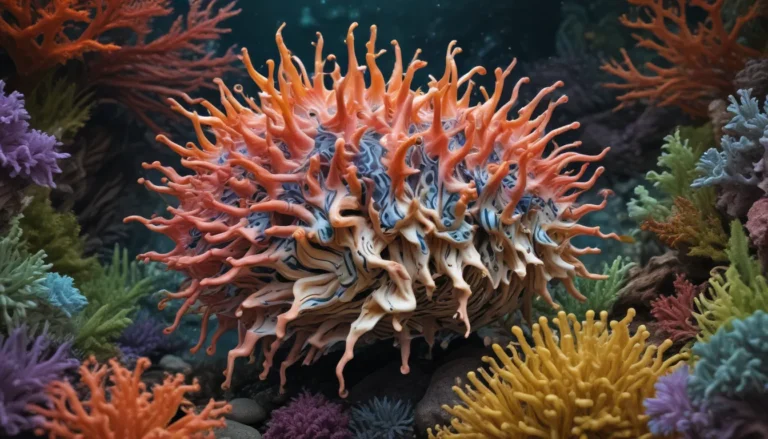The pictures we use in our articles might not show exactly what the words say. We choose these pictures to make you interested in reading more. The pictures work together with the words but don’t take their place. The words still tell you the important facts.
If you've ever been intrigued by the unique creatures that roam the forests of Australia and New Guinea, then bandicoots are sure to captivate your interest. These small, nocturnal marsupials have a charm that blends the features of a pig and a rat, making them both endearing and mysterious. However, beneath their adorable appearance lies a tale of survival against the odds, as these remarkable creatures navigate their ecosystems under constant threat from predators and habitat loss.
Discovering the Enigmatic Bandicoot
Bandicoots, renowned for their role as solitary omnivores, play a crucial part in the intricate web of life within their habitats. These creatures, with their V-shaped faces and adept digging abilities, are known to spread fungi spores that have a profound impact on plant and animal diversity in forests and woodlands. Unfortunately, the survival of bandicoots is currently under threat due to factors such as habitat loss and predation by foxes, cats, and dogs. Despite these challenges, bandicoots continue to exhibit resilience and adaptability in their struggle for existence.
Quick Facts
- Bandicoots are a diverse group of over 20 species of small to medium-sized, terrestrial, nocturnal marsupial omnivores.
- The name "bandicoot" originates from a word in the Telugu language, translating to "pig-rat."
- Their well-adapted snouts and sharp claws enable bandicoots to excel as fossorial diggers.
- They have a short lifespan of around three years in the wild.
- Bandicoots, like kangaroos and possums, have two fused toes, aiding in their distinctive mode of locomotion.
Essential Facts
- Bandicoots are endemic to the New Guinea region of Australia and neighboring islands.
- These marsupials have a rapid gestation period, with offspring born after approximately 12 days.
- Mothers raise their young in pouches, showcasing their mammalian heritage.
- Bandicoots are adept omnivores, feeding on a variety of meat and plant-based foods.
- The greater bilby, a type of bandicoot, holds the title of the largest species within the group.
Interesting Facts
- Some bandicoot species, like the long-nosed and short-nosed variations, are classified as endangered or critically endangered.
- Solitary by nature, bandicoots typically come together only for breeding purposes.
- The foraging behavior of bandicoots leaves distinct marks, such as small round holes in the ground.
- Despite their diminutive size, bandicoots possess powerful hind legs for bounding across their habitats.
- The resilience and adaptability displayed by bandicoots in the face of environmental threats are truly remarkable.
Delve into the world of bandicoots with an open mind and a thirst for knowledge, as these unique marsupials continue to enthrall and educate us about the complexities of nature. By understanding and appreciating the challenges faced by these fascinating creatures, we can expand our appreciation for the diversity and beauty of the natural world. Together, let us embark on a journey of discovery and wonder, guided by the resilience and spirit of the remarkable bandicoot.






